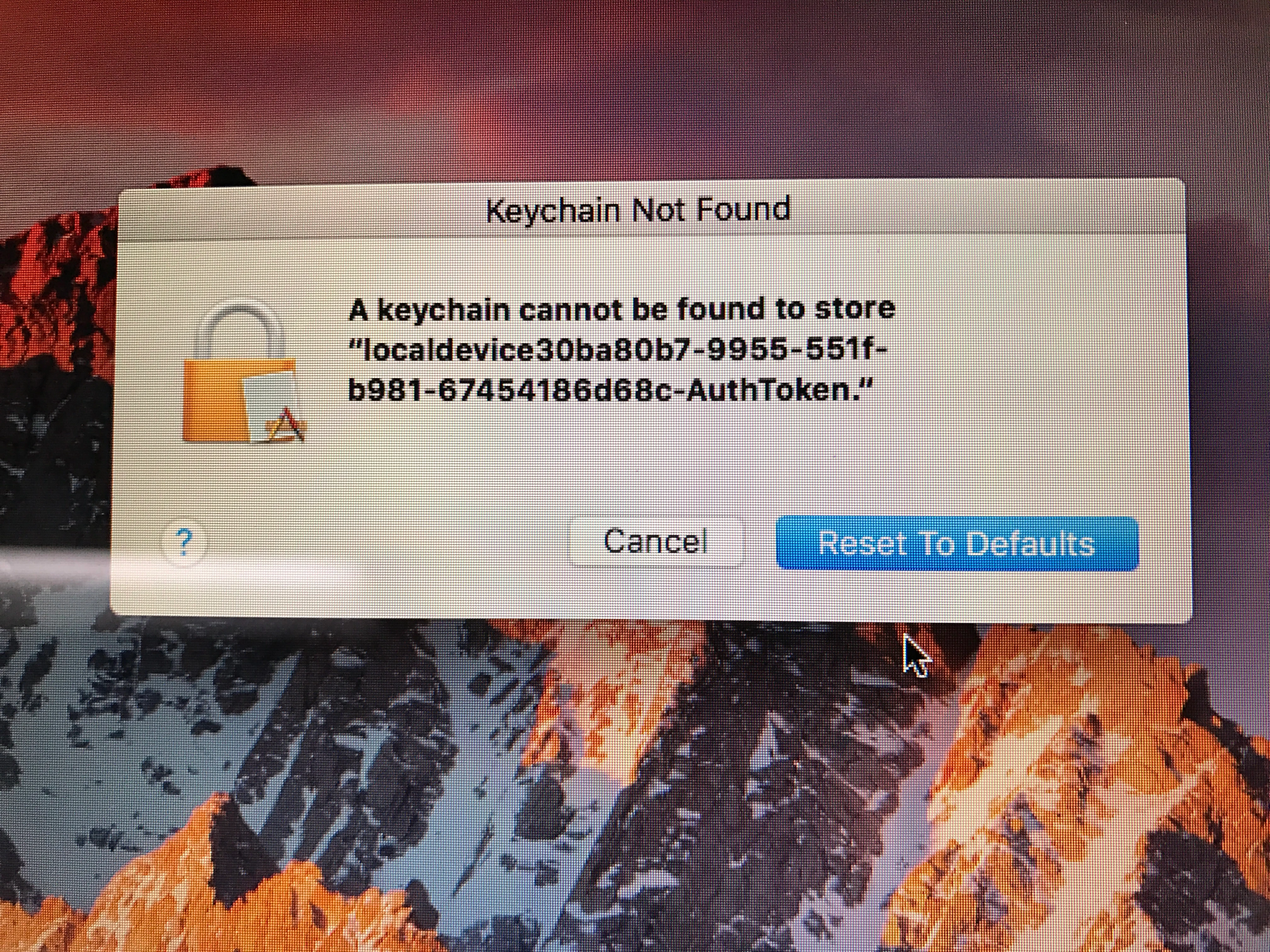Since imaging with 10.9.5 and binding via the Apple Built-in AD Bind, when i login in as a new user, I get the following message: "A Keychain cannot be found to store "username"". Has anyone else seen this?
Enter your E-mail address. We'll send you an e-mail with instructions to reset your password.








